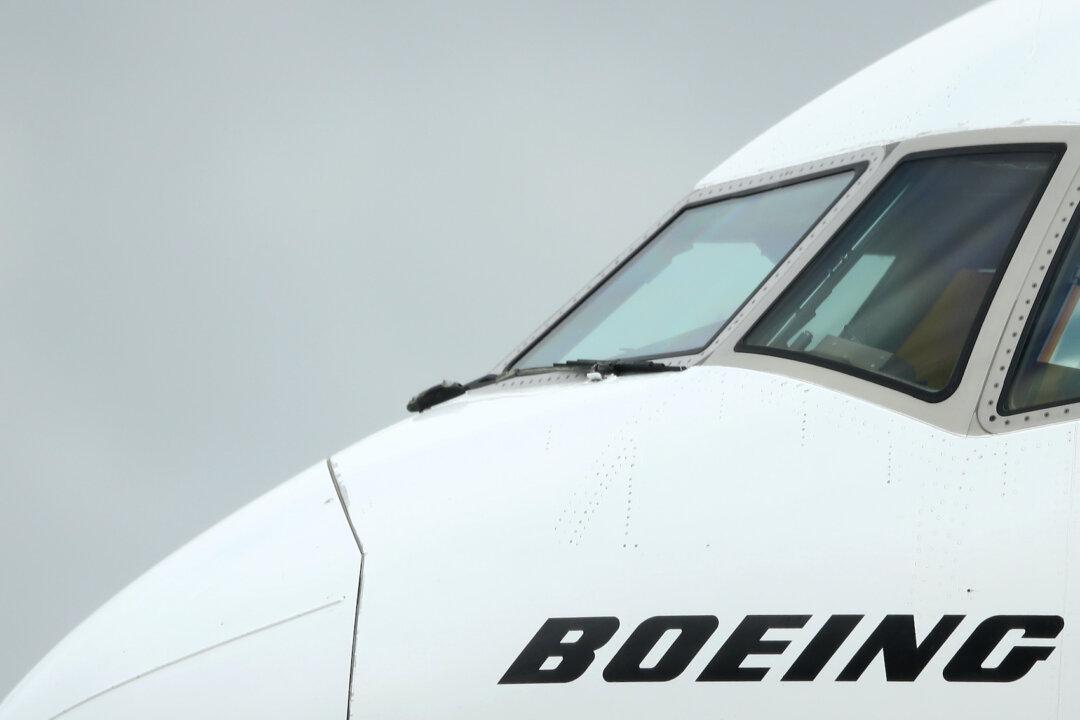John Barnett, a whistleblower who had been involved in a lawsuit against Boeing, was found dead on March 9 in South Carolina, according to local officials.
The 62-year-old was found dead “from what appears to be a self-inflicted gunshot wound,” the Charleston County Coroner’s office told The Epoch Times in a statement.





